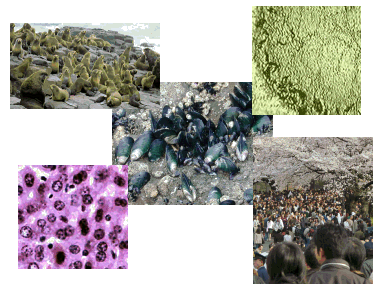Chapter 6
Antidifferentiation
 From Chapter 2 on, we have seen that many important problems are presented in the form of a rate of change, perhaps with some initial data to single out a unique solution from among infinitely many possibilities. Our principal strategy for solving such problems has been to study the rates of change of important families of functions -- polynomials and other algebraic functions, exponential and logrithmic functions, trigonometric functions -- and then to use this information "backwards" by considering the types of functions that turn up as rates of change.
From Chapter 2 on, we have seen that many important problems are presented in the form of a rate of change, perhaps with some initial data to single out a unique solution from among infinitely many possibilities. Our principal strategy for solving such problems has been to study the rates of change of important families of functions -- polynomials and other algebraic functions, exponential and logrithmic functions, trigonometric functions -- and then to use this information "backwards" by considering the types of functions that turn up as rates of change.
Rate-of-change functions are called derivatives, and the process of calculating them is called differentiation. When we go backwards from the rate of change, we are seeking an antiderivative, and the process is called antidifferentiation. We begin this chapter by collecting and systematizing what we know already about antidifferentiation. Our focus will be on solving first-order initial value problems, that is, problems that are stated in terms of information about a derivative and a starting value for the unknown function.
In Chapter 2 we explored the implications of the assumption that a biological population would grow at a rate proportional to its size, and we found that the population would grow exponentially. Here we will consider a more realistic scenario in which that exponential growth is modified and constrained by limitations on the resources -- e.g., space, food, energy -- that support the population. Finding a symbolic solution to this problem is the first step in a sequence of developments (continued in subsequent chapters) by which we will expand our techniques for finding symbolic solutions.

